Características del Producto
| Peso | 69 kg |
|---|---|
| Dimensiones | 186 × 82 × 38 cm |
| Inclinación | 0 – 16% |
| Potencia del Motor | 1HP-2.5HP (Caballos de fuerza) |
| Pegable | SI |
| Peso Máximo de Usuario | 120 Kg |
| Velocidad Máxima | 18Km |
$6.009.500 Original price was: $6.009.500.$4.807.600Current price is: $4.807.600. IVA
| Peso | 69 kg |
|---|---|
| Dimensiones | 186 × 82 × 38 cm |
| Inclinación | 0 – 16% |
| Potencia del Motor | 1HP-2.5HP (Caballos de fuerza) |
| Pegable | SI |
| Peso Máximo de Usuario | 120 Kg |
| Velocidad Máxima | 18Km |
*SE REQUIERE ENSAMBLE
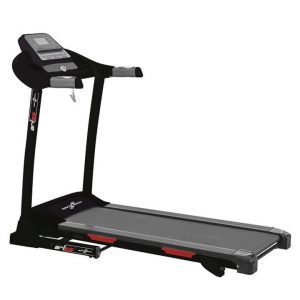
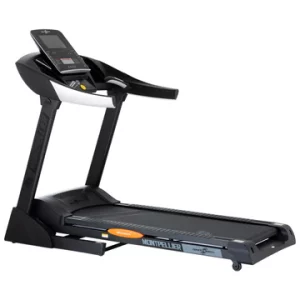
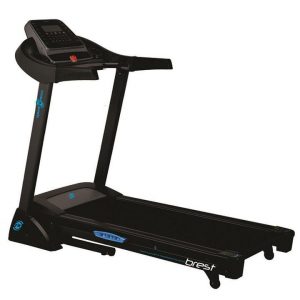
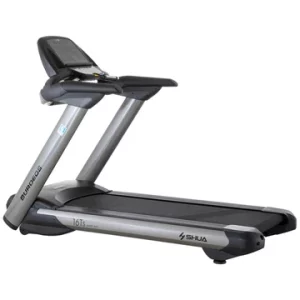
Debes acceder para publicar una reseña.

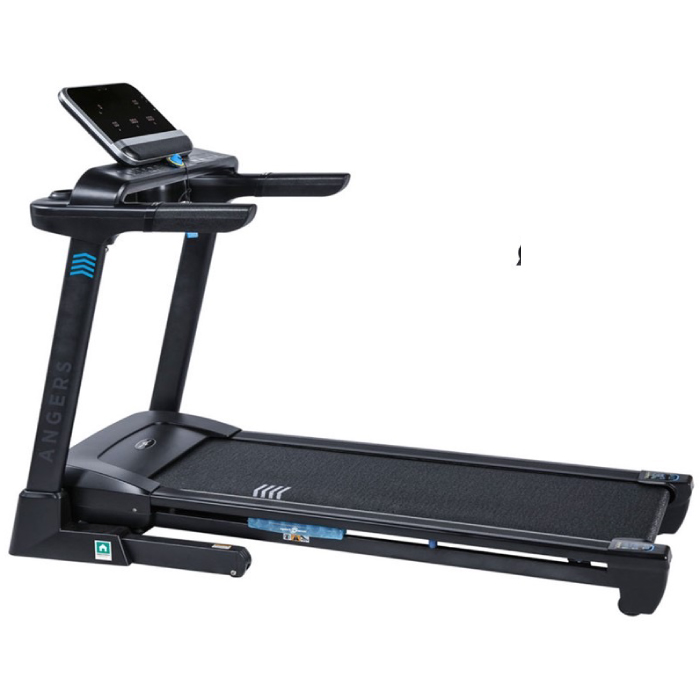
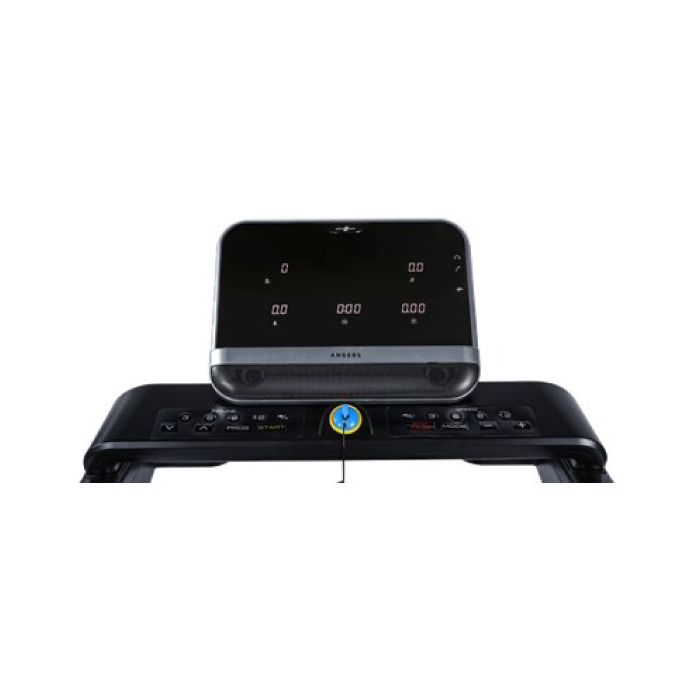
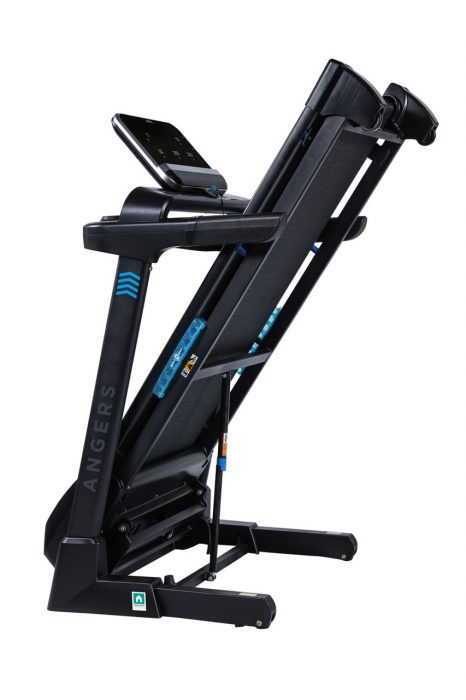
Calificación
No hay Calificación aún.